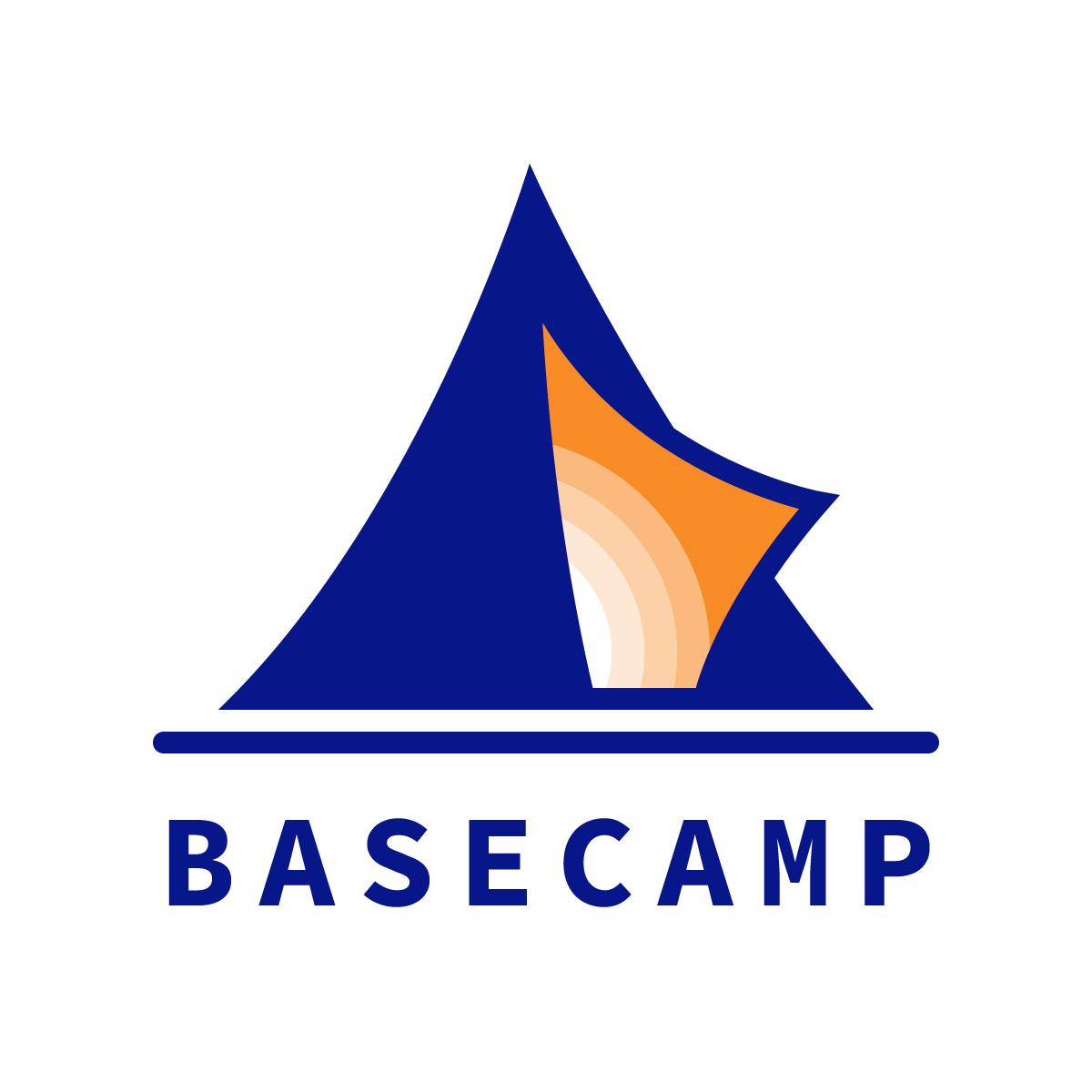How do good ideas spread in schools?
For the 2019-20 school year, Malvern Prep will pilot a credential in “Sustainable Entrepreneurship.”
Which would not have happened if the school had not committed to building a Center for Social Impact, opening next month.
Which would not have happened had the school not applied in 2015 for an EE Ford grant [1], which required the Malvern Prep’s Board, school leaders and faculty, and select donors to align around a vision for mastery-based learning and social entrepreneurship.
Which would likely not have happened had I not spoken to John Gulla, the Exeuctive Director of the EE Ford Foundation, which would not have happened had I not joined Malvern Prep in 2012—because the two schools where I had spent the first 15 years of my education career were not NAIS member schools. [2]
John Gulla would probably balk at being called a visionary. He devotes his energy to spotlighting other visionaries, from the schools where EE Ford invests its philanthropic and reputational capital. Still, John is a visionary in his own right, as evidenced by his most recent article for Independent School Magazine:
We need to establish better connections with each other. Like a 21st century independent school Johnny Appleseed, I find myself distributing Golden Delicious seeds of ‘global citizenship,’ nurtured through projects pursued at urban coastal schools, to rural schools in the Midwest or South pursuing similar goals but via as yet inchoate means, and offering hybrid Honeycrisp/Granny Smiths of project-based programs or inquiry-based curriculum in Deweyan schools in exchange for McIntoshes of ‘entrepreneurialism’ to other ‘outcome-based’ schools. It is this third point—how can we better share our good ideas throughout the independent school world?—that is increasingly a focus for the E.E. Ford board.
John knows that good ideas spread when schools:
connect (ideas, people, resources)
experiment (then share)
disseminate (what works for further evolution)
While the EE Ford Foundation may operate at the level of the NAIS ecosystem, school leaders can adopt a similar approach for their individual institutions. Use this rubric from Harold Jarche to ask:
Who do we have have playing in each of the three different spheres (i.e., “work & projects,” “communities of practice,” and “professional social networks”)?
What are we doing to ensure the constant circulation of ideas and questions in both directions?
If you’re not designing for good ideas to spread, aren’t you planning for them to go nowhere?
***
[1] Note that the EE Ford grant was not to support the Center for Social Impact, but rather for a mastery-based credential in engineering and robotics. The deep and extended conversation engendered by that grant application ultimately led the school to identify the Center for Social Impact as a strategic next step.
[2] EE Ford only makes grants to NAIS member schools.
***
Thank you for reading this post from Basecamp's blog, Ed:Future. Do you know someone who would find the Ed:Future blog worthwhile reading? Please let them know that they can subscribe here.


